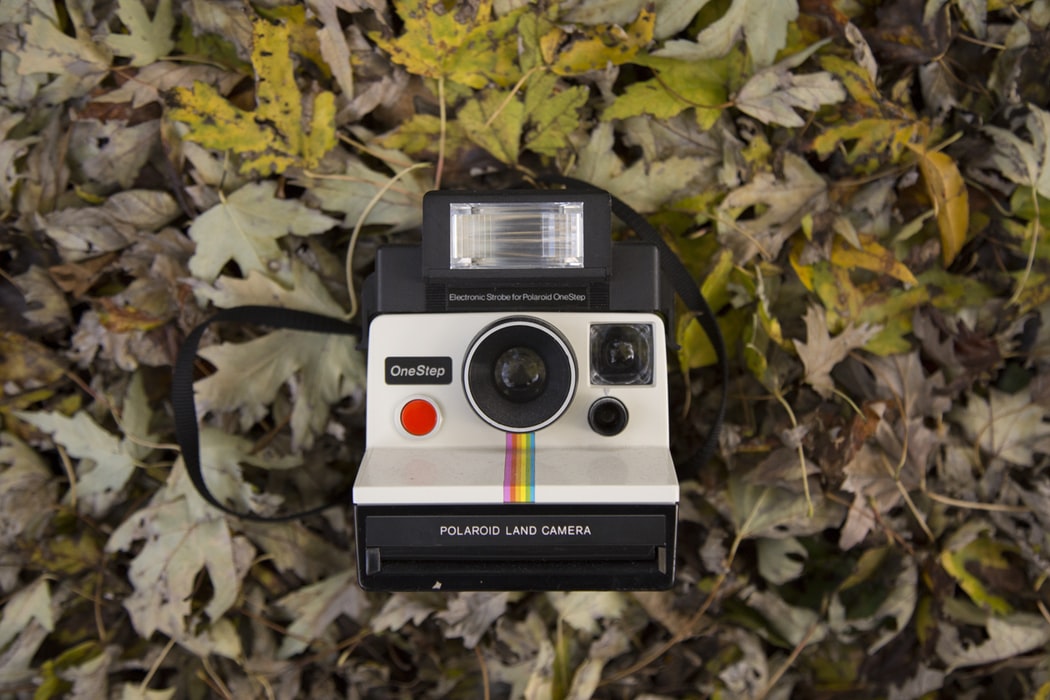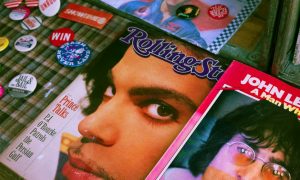I was recently thinking of memorable television commercials from the 1970s. If you lived through the 70s, I bet a couple of jingles just popped into your head as you read that first sentence. I wanted to see if I remembered one specific commercial correctly, so I started typing the key words into Google. I naively thought that it would take me a few minutes to find what I was looking for. I was wrong. In the Google search box, I typed “fine cor” and the tagline I was looking for immediately filled in the first search term listed, before I typed any more letters. Of course, I was thinking of the TV commercial for the 1970s era Chrysler Cordoba, voiced by Ricardo Montalban. You may recall that the car did not just come with leather, it came with fine Corinthian leather. Even as a kid, with no idea what that was, I remember thinking, “Wow, that must be some good leather, it even has its own name. And the Fantasy Island guy is talking about it!”
The fact that I, and probably you, remember that tagline 45 years later is an amazing marketing achievement. If you begin a Google search by typing in “tastes g”, the first search term that pops up will be for Miller Lite, as in “tastes great less filling”. Type in “the quicker” and Google will add the “picker upper” as the first search result. Type “The best part of w” and it will take you to that memorable Folgers commercial jingle. You can finish these others in your head: “Plop” brings up Alka Seltzer. “You’re soak” brings up Palmolive. “Two all” brings up the Big Mac. Although Google has billions and billions of pieces of information to share, the ubiquity and longevity of these simple taglines from long ago is striking.
The problem for marketing and advertising professionals in 2019 is that this decades-long era in consumer marketing success is long since over, and broad market advertising campaigns will never dominate consumer branding again. All the major household brands and taglines that you are aware of were developed and used with success during that very different era. The pre-internet era. Quick, name a commercial or jingle that you remember that entered the public consciousness in the last twenty years. We will never go back to that kind of broad consumer market focus, and we will never return to a time where a company could achieve broad product awareness and build consumer trust by simply throwing money at a big advertising budget. In that era there were three television networks and a limited number of radio stations. That was it. There was nothing else to do, as there were no smart phones, and no Netflix, YouTube, or iTunes. Advertisers had a captive audience, and all that was required to build a huge brand was money, access and repetition of a message. But those methods are as out of date now as that Cordoba.
Google has a 91 percent share of the search engine market share worldwide. 5.6 billion searches are done on Google every day. And yes, I used Google to search for these stats. That is 5.6 billion times a day a pair of eyes looks at the Google homepage and types something into the search box. And what is on Google’s homepage? Nothing. Just a blank search box. The rest is just white space. That white space is undoubtedly the most valuable and influential white space in the world. Yet Google does not run banner ads on it. It does not use it to display brand logos. And it does not run video commercials on the space. Imagine how much a company would pay to use that white space to promote its product, as that product or brand would get 5.6 billion impressions every day.
That white space is invaluable, and unutilized. But despite forgoing the revenue from the most coveted space in all of advertising, Google still generated $116 billion in ad revenue in 2018. That revenue is generated from most of those 5.6 billion individual searches each day. Companies pay a fee to be visible higher up on the list of search results, and for each click from a user that a sponsored search result delivers. Google prefers to make money by earning dollars or even pennies at a time from billions of clicks a day. The product that they sell is the perception in the consumer’s mind that they are getting the best and most relevant search results quickly, and the earned trust that the customer will not have to review page after page of search results to find what he is looking for.
And if you have ever noticed that when you ask a question in a Google search, the first result of the search is typically a “Featured Snippet” box where Google tries to give you a few simple possible answers to your question. While often helpful, those concise attempts to quickly answer your question are not altogether altruistic. If Google can quickly answer your question, then you will remain on the Google site and you may do another search. But if Google lists several websites that may have the answer to your question, then you will click to one of those sites, and you may get lost down a web rabbit hole, as so many of us do, and you may not make it back to Google again for 30 minutes. Those 30 minutes are lost time for Google, and therefore lost search and ad revenue for Google. Every second, and every search counts when you are earning pennies for each one.
Brands and product visibility were for many decades built in an air battle. Purchase enough TV or radio ads, repeat your message or jingle enough times, and you will sell more products. However, in the internet age, brand building has become a ground war. Advertisers cannot reach the mass market anymore, because since 1998, when the internet really hit its stride, there is no more mass market. Only a near infinite number of small markets. Brand identities can still be built these days, but marketers must focus on a much smaller reach and advertising medium and the message must be tailored to a much smaller group of consumers. Companies must gain customers one at a time, and then keep them happy, loyal and engaged.
Energy drink maker Red Bull was able to build a brand and consumer following in the last 20 years, but it initially focused on a niche area which was not being served, and in which it knew and understood its customer. Red Bull focused first on extreme sports, like the X Games, mountain bikers, sky divers, BASE jumpers, and rock climbers. Red Bull slapped its name and logo on everything related to these niche sports and built their name, brand recognition and trust over time. This type of brand awareness growth can still be achieved, but it is done on the ground; Red Bull did it on snowboarding hills, dirt tracks and at Formula One races, before attempting to reach a larger consumer group.
But on a positive note, you will no longer have to waste brain space on things like remembering that the “Ancient Chinese Secret” that Mr. Lee used was just Calgon water softener. So busted, Mr. Lee.



